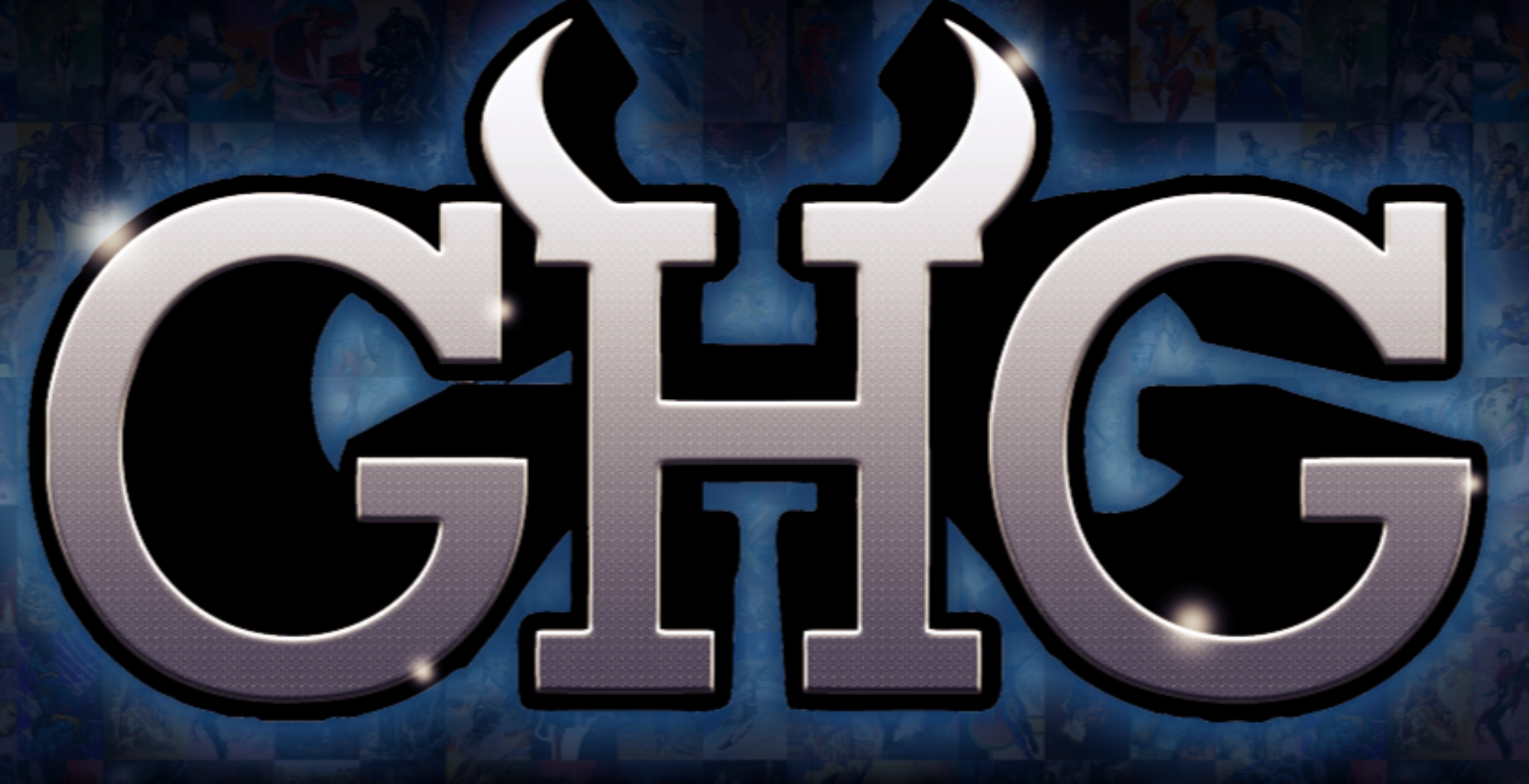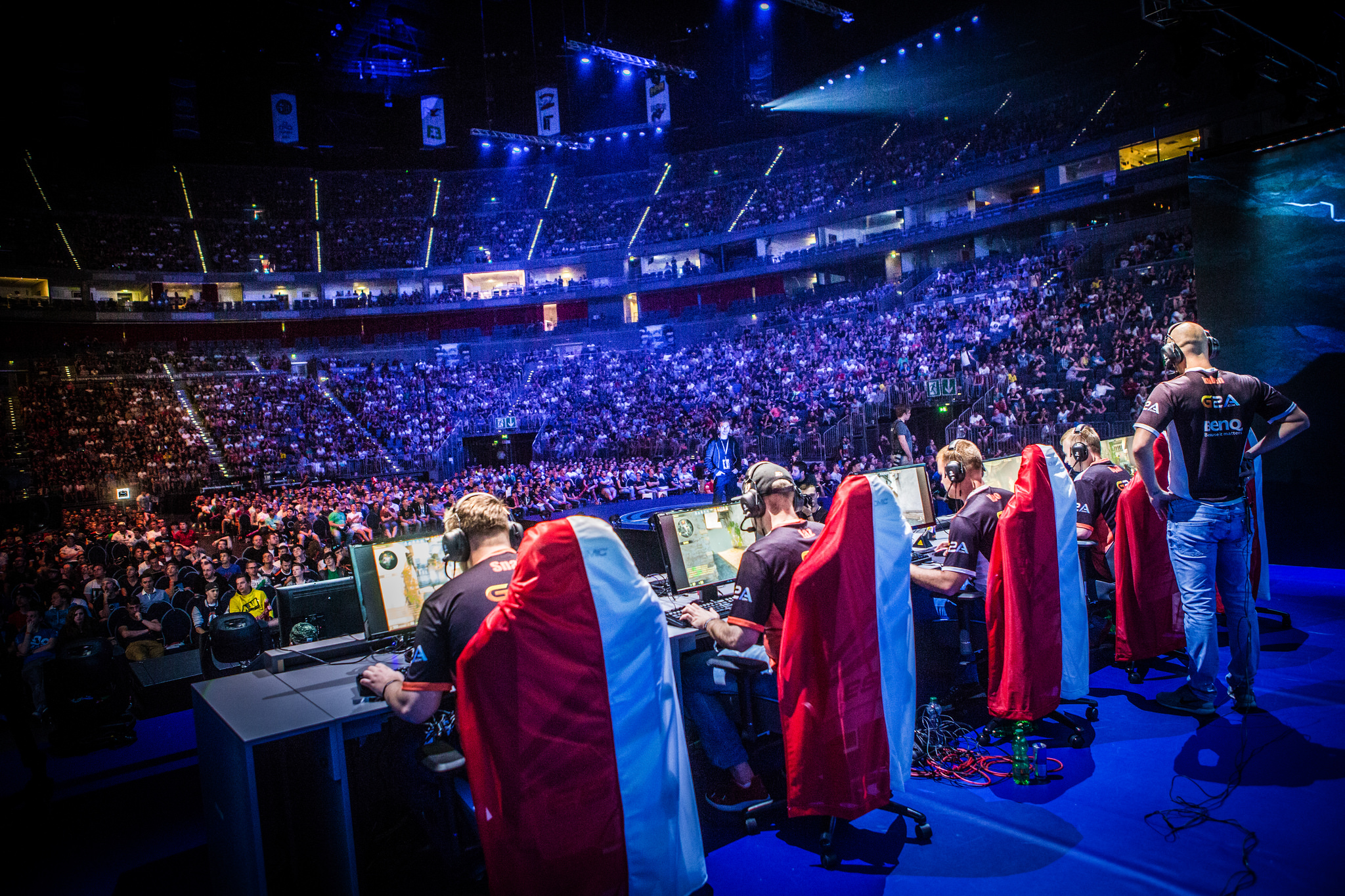
As a lifelong “hardcore” gamer I’ve waited a lifetime for this moment, where my hobby is no longer looked upon as a “toy” or an “immature passion”. I have waited for people to recognize the absolute beauty in game-changing games like Doom and the Diablo series, to which people still enjoy investing in d2 boost the character. I want people to understand why we gamers purchase such add-ons and why we still admire these older games. I have spent hours playing competitive games like League of Legends (although I will admit I have used the longest running elo boosting site in the past to get my ranking up) and now I feel like all the effort is being recognized. Gaming is seen, in many eyes currently, as a real sport. MLG (Major League Gaming), found in 2002–and Pro Gaming in general–is taking a life upon its own, with the assist of Twitch, live YouTube streams, and even ESPN to reach the masses. Large masses.
But my question, here today, is with the focus in the gaming industry towards the Professional gamer. Is it killing the fun for the rest, and losing the core base?
The downslope seemed to have started a few years back. With Halo 4 just released, new Halo developers 343 Industries were hellbent on focusing their multiplayer with the Pro Gamer in mind. Although 343 took Halo back to the basics with vehicular combat and core gunplay with Halo 4, proving that they “had the passion, understanding and stories to tell in the Master Chief space”, the eSports community shunned it. According to Redbull.com, MLG dropped the 343 title from their mix. Crazily enough, competitive Halo was “no longer what it used to be back in the glory days of Bungie development.”
But 343 Industries learned from their initial mistakes. Halo 5: Guardians changed the game, making loadouts, accessories, and the dreaded term “microtransactions” (weapons/vehicles that can be bought with real cash) as a necessity. The game to this hardcore-but-not-competitive-gamer, however, was less fun. 343 Industries basically joined the likes of Activision’s Call of Duty franchise–rather than beat them–with features that emulated the run-and-gun COD style: wall-sprinting, rocket-boosting, special tactics, and even ADS (aiming down sights). It’s as if these changes were only geared towards eSports, and lost much of what made Halo — a certainly timeless Microsoft/original Bungie series — so fresh in the first place.
Call of Duty had been moving in that direction for years. And with a few stumbling blocks along the way (Ghosts, Advanced Warfare, Black Ops 3), the game wasn’t fun–not only because of its arguable biggest downfall in “franchise fatigue” (i.e. an annual event that made the name “Call of Duty” one of redundancy)–but because of this thinly veiled audience Activision was attempting to capture. Destiny, Bungie’s latest property, is another franchise vying for that hot spot in the world of eSports. But at least the former Halo devs are going about the process in a more calculated way; attempting to make the MLG style fit, rather than change the game to fit MLG.
Dot Esports took note that, after Bungie announced that private matches were coming to Destiny with the Rise of Iron expansion, “the wheels of competition began to turn [with] its apparent eSports potential, [which has led] Major League Gaming to agree.” But that’s all just window dressing. What about Ubisoft, a company that has completely flipped the script on the way it has looked at and presented its shooters?
Rainbow Six Siege started as a different game altogether as Rainbow Six: Patriots (a more current, post-9/11 look at their original classic, Rainbow Six: Vegas). Shortly after the title disappeared in 2013–which even landed on the cover of Game Informer one month, mind you–Ubisoft Montreal surprise-announced Rainbow Six Siege, dubbing the game as MP (Multiplayer)-only with a focus on competitive gaming. Rainbow Six Brand Director Alex Remy told Gamespot that Ubisoft shifted its focus to multiplayer, as they “felt that’s where the franchise should go and thought [Siege] is how [Ubisoft was] going to get some sort of sustainability in the long term.”
If you’re keeping score at home: Siege had zero campaign, but a year’s worth of updates. With no narrative in place, you just don’t play a game like Siege; you play/work it like it’s your job–and not a very fun Job. While we had some staffers over at GHG enjoy the game (one numbskull even had Siege as his #1 overall game of the year; #SMH), it’s just not a fun game in the traditional sense. RSS is not welcoming to new players and it doesn’t ease you into the competition mode of it. You either “get it”, or you die. That’s it. While with most games, after a few rounds of practice or single player mode you can get a sense of which character fits your playstyle, that just wasn’t happening with a game that was definitely not “pick up and play”. With a $60 price tag, most shooters should have enough to offer the most casual and most competitive of fans. Why limit yourself?
Then gain, there are titles that offer no single player mode but work solely on the pro multiplayer experience. Blizzard’s Overwatch is that game. The difference, here, though? There is a practice mode that allows players of all levels to ease into the game, in addition to a simplified control scheme that can become more complicated if you have a keyboard/mouse combo. Where Siege fails, Overwatch succeeds and can get most multiplayers to spend countless hours on end without realization. The game also looks welcoming, with its bright colors and anime-style character designs.
To conclude this lesson in eSports’ comeuppance in console gaming, perhaps the correct answer is that games should let the Pro’s gravitate towards that particular game rather than force it on Pro’s–like a blunt force trauma to the domepiece. AAA game publishers have more recently tried to fit their beloved franchises into a square peg, when these games were clearly designed to fit a round hole.
Maybe it’s time to get a dremel and reshape it.
Sure, go ahead and support eSports, MLG, and Pro Gaming with your multi-billion dollar franchise (because live-streaming is where the “commercial” money is), but don’t lose sight of your core audience–the game-paying audience; the nerds who wait in line outside of GameStop and Best Buy before midnight, ready to rip the plastic off the plastic and pop in that Blu Ray and game the morning away. Activision, Bungie, 343, Ubisoft, EA, etc. etc. etc: gamers still love single player campaign focused and adaptable multiplayer experiences too. Please, for the sake of GodHatesGeeks, I beg of you. – Adam Bowers

